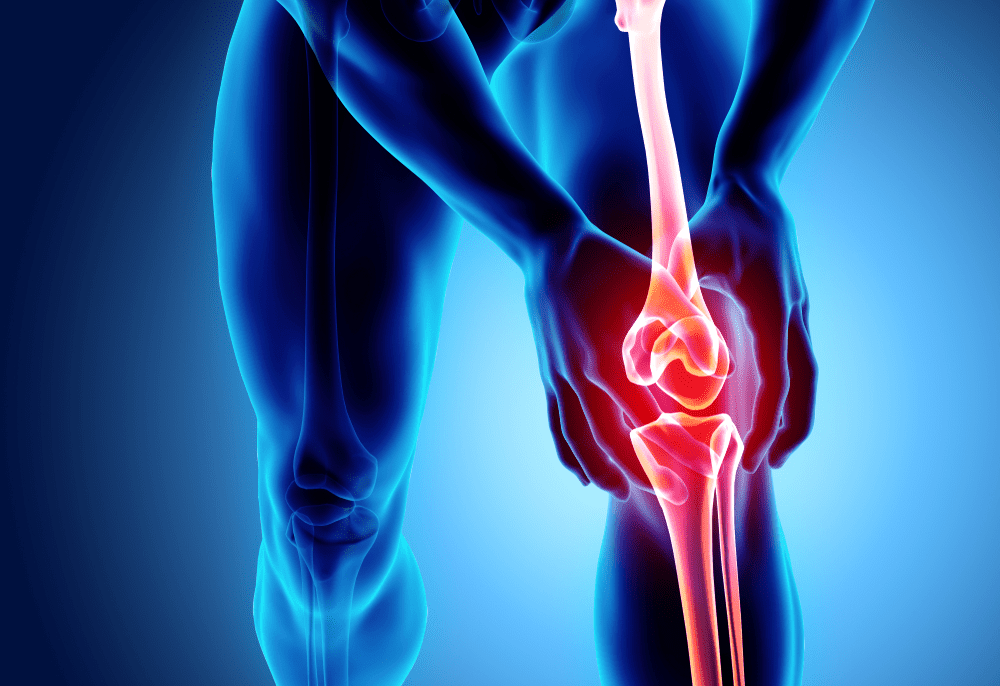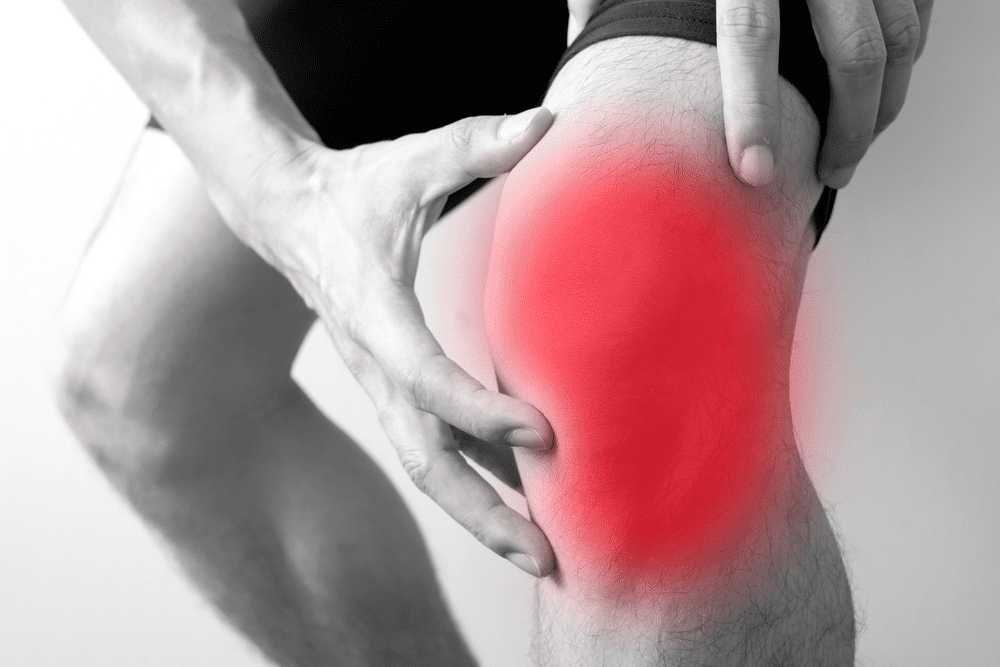A Powerful Alternative to Surgery: PRP Treatment Center in Chicago, IL
A Powerful Alternative to Surgery
A 2018 Review Study concluded that platelet-rich plasma (PRP) is one of the most effective treatments for the treatment of osteoarthritis in the knee. The authors argued further that patients should turn to PRP therapy as their first choice of treatment for this condition as opposed to other more expensive and invasive alternatives.
Osteoarthritis (OA) was the second most expensive condition treated in US hospitals, accounting for more than $16.5 billion in hospital costs in 2013. For the more than 30 million adults suffering from OA, “surgery” is probably the most dreaded word. Many worry about the extensive recovery periods involved, the potential for medication dependency, and the high costs. Moreover, even after incurring the high financial burdens of surgery, patients typically experience only minimal improvement in their conditions. For these patients, Platelet-Rich Plasma or PRP therapy may provide a compelling, minimally-invasive alternative over traditional treatments.
Is Platelet Rich Plasma the Same as Stem Cells?
Many people have the misconception that PRP therapy is the same as stem cell therapy, but this is not the case. PRP is a non-surgical injection treatment that uses the healing properties in your blood plasma to help your body recover.
PRP therapy can be combined with stem cell therapy for better results, but the two are very different treatments. For our arthritic patients we expose the stem cells to the plasma, which contains the elements that encourage growth and activate the stem cells (i.e., “growth factors”).

Benefits of Platelet Rich Plasma Therapy in Chicago Illinois
If you’re suffering with joint pain and osteoarthritis, your doctor may have recommended you undertake a serious surgery to get better. Before going for this route and risking the many potential side effects, you should opt for PRP therapy. Platelet rich plasma is a great alternative because it is not as invasive or as expensive as traditional surgeries. When you opt for PRP therapy, you’re giving your body a chance to heal itself without foreign substances being introduced into your system.
This regenerative treatment has been studied in detail over the years, and its efficacy in helping patients recover from soft tissue complication looks promising.
Get an Appointment
Complete The Form Below And We’ll Get Back To You Immediately.
Is PRP Therapy Effective?
Several studies have been conducted showing the efficiency of using platelet-rich plasma to help patients recover from health complications. PRP therapy is very effective at treating patients of osteoarthritis. According to the National Institutes of Health, PRP therapy is highly effective at promoting soft tissue healing so can be used to promote the healing of:
- Tendons
- Ligaments
- Muscle
- Cartilage
If you’re suffering from pain or are experiencing osteoarthritis, visit our team of medical professionals at GIOSTAR today to get started on a treatment plan that works for you.

The Healing Power of PRP Therapy: Stories of Famous Athletes Who Found Relief
Famous athletes right here in Chicago like Steph Curry, Kobe Bryant, Tiger Woods, and Rafael Nadal have used PRP therapy to help them get back on the field again quickly after an injury.
Let’s take a brief look at their stories.
Steph Curry
Steph Curry, a professional basketball player for the Golden State Warriors, underwent this regenerative PRP therapy for his injured knee in 2016. This treatment helped Curry recover from his knee injury and return to the court during the NBA playoffs that year. This therapy is a minimally invasive, non-surgical option that has become increasingly popular among professional athletes like Curry who need to recover quickly from injuries and return to peak performance.
Kobe Bryant
Kobe Bryant, the late NBA legend, also used PRP therapy to help him recover from injuries during his career. Bryant underwent this therapy in 2011 to treat his knee and ankle injuries, which helped him return to the court and continue playing at a high level.
Tiger Woods
One of the world’s biggest golfers, Tiger Woods, has used PRP therapy to help him recover from injuries as well. He opted for this therapy to help him recover from knee and Achilles tendon issues. Woods has spoken openly about his use of this therapy as a way to help him recover from injuries and stay competitive on the golf course.
Rafael Nadal
Rafael Nadal, a professional tennis player, has also turned to PRP therapy to help him recover from injuries, including knee and back issues. Nadal has credited this therapy as an effective treatment option for his injuries, allowing him to return to the court and continue playing at a high level.
As a non-surgical treatment option that can help promote healing and reduce inflammation, PRP therapy is clearly well-used in the athletic sphere
How is PRP Therapy Done?
PRP therapy is created by collecting roughly 30 milliliters (mL) of the patient’s blood, which contains plasma, red blood cells, and white blood cells. The blood sample is then placed in a carefully calibrated centrifuge, which separates and concentrates the amount of plasma. This is then administered back into the patient, near the affected joint or tissue.
The concentrated plasma is rich in platelets (hence the “R” in PRP), with a quantity at least two times greater than whole blood. This abundance of these cells is essential in repairing the damaged cartilage, ligaments, and muscles.
PRP therapy harnesses the natural healing properties of blood to rejuvenate the body, without the introduction of foreign substances. The growth factors in the reinserted plasma stimulate cell growth, which in turn helps repair damaged cartilage, ligaments, and muscles. In contrast to surgery – which typically requires weeks or months of recovery – PRP therapy is a relatively smooth procedure.
Procedure Expectations & Recovery Time Areas body PRP
Patients typically feel minor soreness at the point of injection for two to three weeks. Our clinical team schedules routine touchpoints via phone to monitor progress, and address any concerns that patients may have. Whether their goals are getting back to playing sports or improving their overall mobility, patients are typically able to return to their routine with minimal disruption.
How Does PRP Therapy Work?
PRP therapy encourages your body to heal naturally through growth factors. Growth factors from your blood are first isolated and then reinserted into the area of treatment.These properties work to repair any damage in your body and reduce the inflammation in the area so you can enjoy good health again.
How Long Does PRP Therapy Take to Work?
The exact amount of time it takes for you to start seeing results after PRP therapy depends on how serious your condition is, as well as how your body chooses to respond to the procedure. Generally speaking, patients will likely notice pain reduction and improved function by 4-6 months. However, you may even start noticing a positive difference in the first few weeks after your PRP injection.
Where Can I Get PRP Therapy?
Since PRP therapy in Chicago, Illinois is not as invasive or as expensive as other surgical alternatives, you’re probably wondering where the best place is to go in and start your treatments right away. If you’re thinking of starting PRP, contact us at GIOSTAR today. Our team of medical experts stand out from others because we base our techniques on over twenty years of research, and are global leaders in the field of regenerative medicine.
Want to Get Started? PRP Therapy Near Me
Are you ready for a less painful, more natural alternative to invasive orthopedic surgery? Call our office in Glenview, Illinois at (844) 446-7827 to learn more. GIOSTAR looks forward to speaking with you in greater detail about our therapies, backed by more than twenty years of research in regenerative medicine.

